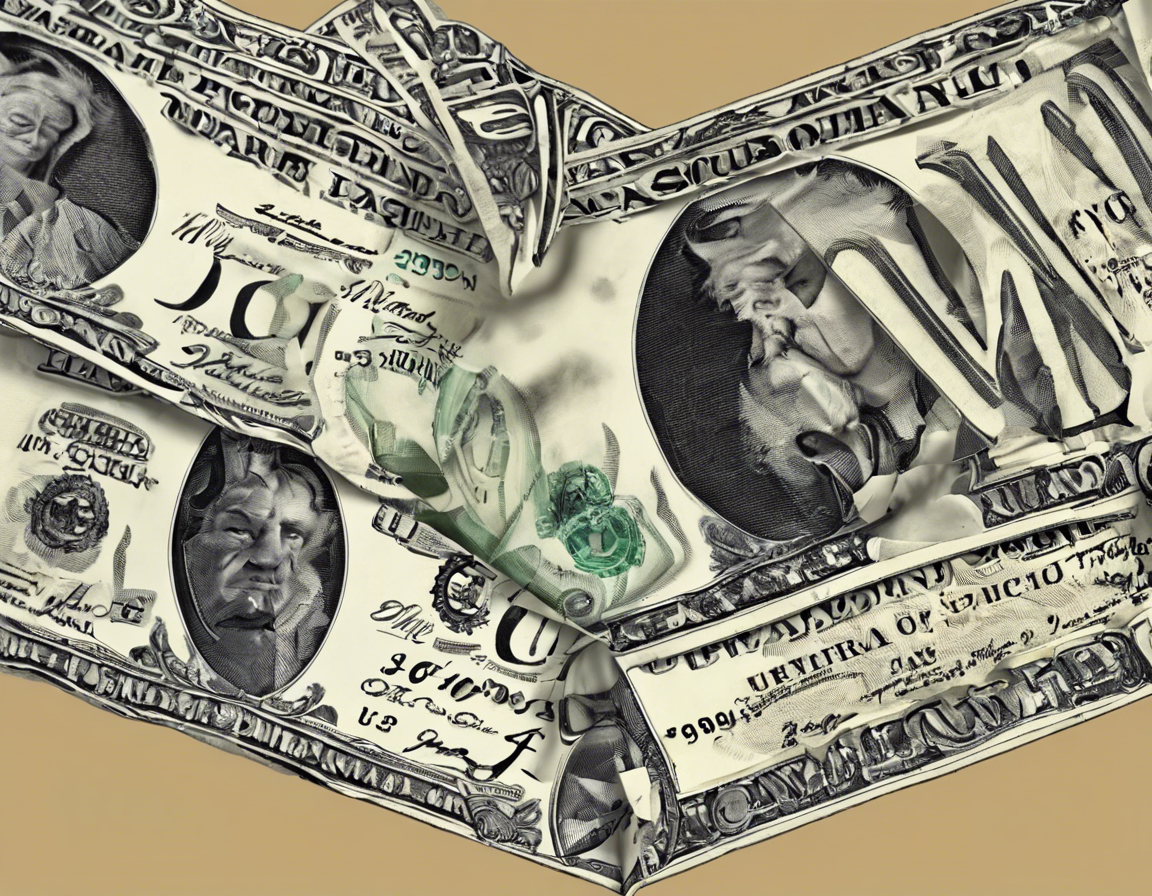Introduction
An echocardiogram is a non-invasive test that uses sound waves to produce images of the heart. It is a valuable tool in diagnosing various heart conditions, assessing heart function, and monitoring the effectiveness of treatments. However, like any medical procedure, echocardiograms can sometimes lead to complications, one of which is echocardiogram leaks. In this article, we will delve into the potential dangers of echocardiogram leaks, how they can occur, and what steps can be taken to prevent them.
What is an Echocardiogram Leak?
An echocardiogram leak occurs when there is an unintended passage of blood between two chambers of the heart. This can happen during or after an echocardiogram procedure, particularly during an transesophageal echocardiogram (TEE), which involves inserting a probe down the throat to get a closer look at the heart.
Causes of Echocardiogram Leaks
Echocardiogram leaks can be caused by several factors, including:
-
Procedural Errors: Improper placement of the echocardiogram probe or excessive pressure during the procedure can lead to leaks.
-
Patient Factors: Patients with fragile heart tissues or those with existing heart conditions may be more susceptible to echocardiogram leaks.
-
Equipment Malfunction: In rare cases, equipment failure or malfunction during the echocardiogram procedure can cause leaks.
Dangers of Echocardiogram Leaks
Echocardiogram leaks can pose several risks to patients, including:
-
Risk of Infection: Blood leaks can increase the risk of infections, which can be potentially life-threatening.
-
Cardiac Complications: Leaks can disrupt normal blood flow within the heart, leading to cardiac complications such as arrhythmias or heart failure.
-
Clot Formation: Blood leaks can promote the formation of blood clots, which can travel to other parts of the body and cause blockages.
Preventing Echocardiogram Leaks
To minimize the risk of echocardiogram leaks, healthcare providers can take the following precautions:
-
Proper Training: Ensure that healthcare providers performing echocardiograms are adequately trained and experienced.
-
Gentle Technique: Use a gentle and careful technique during the echocardiogram procedure to avoid causing damage to the heart tissues.
-
Equipment Checks: Regularly inspect and maintain echocardiogram equipment to prevent malfunctions.
What to Do if an Echocardiogram Leak Occurs
If an echocardiogram leak is suspected or confirmed, healthcare providers should:
-
Monitor the Patient: Keep a close eye on the patient’s vital signs and symptoms for any signs of complications.
-
Consult a Cardiologist: Seek guidance from a cardiologist on the appropriate course of action to address the leak.
-
Treat Underlying Issues: Address any underlying heart conditions that may have contributed to the echocardiogram leak.
Frequently Asked Questions (FAQs)
- Can an echocardiogram leak be detected during the procedure?
In some cases, echocardiogram leaks can be detected immediately during the procedure if the healthcare provider notices abnormal blood flow patterns. However, some leaks may only become apparent later on through symptoms or follow-up tests.
- Are echocardiogram leaks common?
Echocardiogram leaks are relatively rare, but they can occur, especially in patients with underlying heart conditions or in cases of procedural errors.
- What are the symptoms of an echocardiogram leak?
Symptoms of an echocardiogram leak may include chest pain, shortness of breath, palpitations, and dizziness. However, some leaks may be asymptomatic and only detected through imaging tests.
- Can echocardiogram leaks resolve on their own?
In some cases, small echocardiogram leaks may resolve on their own without causing significant issues. However, larger or persistent leaks may require intervention to prevent complications.
- How are echocardiogram leaks treated?
Treatment of echocardiogram leaks depends on the severity and underlying cause. Options may include medications to manage symptoms, procedures to repair the leak, or surgery in severe cases.
In conclusion, while echocardiograms are generally safe and valuable diagnostic tools, it is essential to be aware of the potential risks, such as echocardiogram leaks. By understanding how these leaks can occur, their potential dangers, and preventive measures, healthcare providers can help ensure the safety and well-being of patients undergoing echocardiogram procedures.



